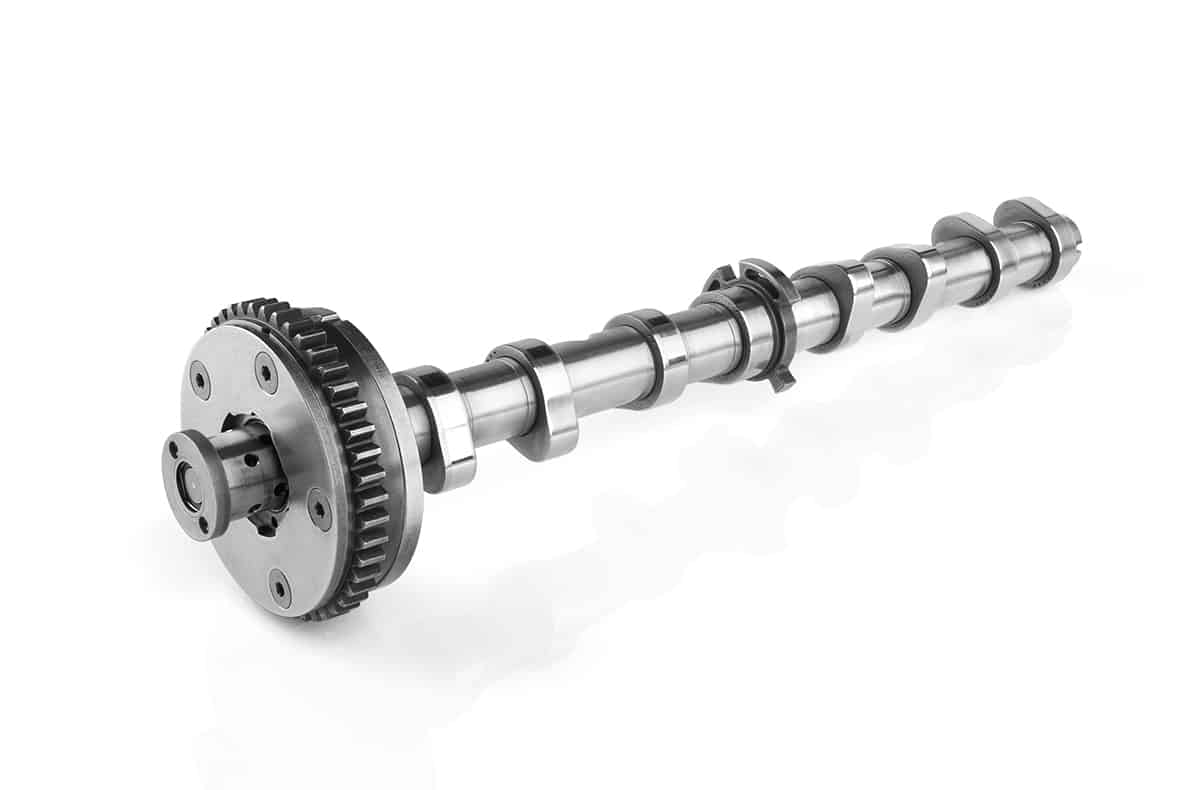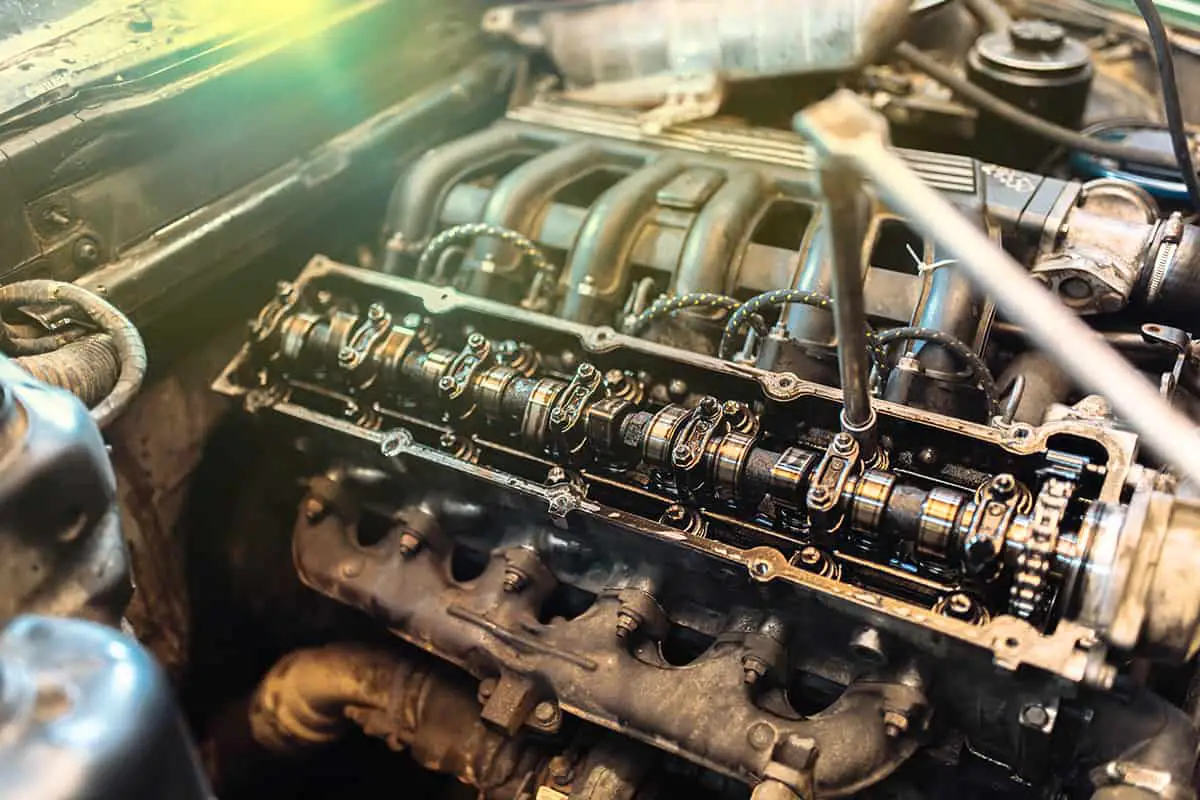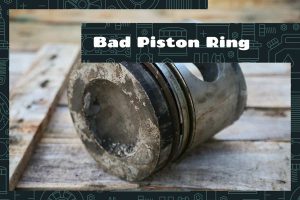In the realm of automotive performance, horsepower reigns supreme. It’s the magical word that car enthusiasts and speed seekers strive to enhance.
However, the formula for increasing horsepower is not as straightforward as it seems. Many components come into play, and one of the crucial elements that significantly influence this coveted number is the camshaft.
On average, a performance camshaft can add between 30 to 100 horsepower to your vehicle. However, the actual increase depends on the specific camshaft specifications, the type of engine, and the other components you have in your car.
In this guide, we’ll journey into the heart of your vehicle’s performance. We’ll cover the basics of camshafts and dive into the meat and potatoes of the matter—how camshafts can affect your vehicle.
A Deep Dive into Camshafts

The camshaft is part of an engine’s mechanism that orchestrates the opening and closing of valves. It has an impact on various elements of performance, including power output or horsepower.
Role of a Camshaft in an Engine
In an internal combustion engine, the camshaft’s main function is to control the opening and closing of the engine’s intake and exhaust valves. This sequence allows the air-fuel mixture to enter the combustion chamber and the exhaust gasses to be expelled.
The camshaft features egg-shaped lobes or cams that push against the engine’s valves. As the camshaft rotates, these lobes open the valves at precisely timed intervals. The synchronization of valve operation with the piston movement is vital for efficient engine operation.
Types of Camshafts
There are two primary types of camshaft setups in vehicles: Single Overhead Camshaft (SOHC) and Double Overhead Camshaft (DOHC).
SOHC engines have one camshaft per bank of cylinders, with each camshaft controlling both the intake and exhaust valves.
In contrast, DOHC engines have two camshafts per bank of cylinders, with one camshaft controlling the intake valves and the other controlling the exhaust valves. DOHC setups often offer better performance and efficiency as they allow for more valves per cylinder, resulting in improved airflow.
Camshaft Specs and What They Mean
When discussing camshafts, three specifications are usually brought up: lift, duration, and lobe separation.
- Lift refers to how much the camshaft opens the valves. A high-lift camshaft opens the valves further, allowing more air-fuel mixture into the cylinders, which can increase horsepower.
- Duration is the length of time, measured in degrees of crankshaft rotation, that the valves are open. A camshaft with a longer duration keeps the valves open for a more extended period, permitting a larger volume of air-fuel mixture into the cylinders.
- Lobe separation angle (LSA) is the angle between the peak lift points of the intake and exhaust lobes. A narrower LSA often results in an increase in mid-range torque but a decrease in low-end torque and high-end horsepower.
How Much Horsepower Does a Camshaft Add?
When upgrading an engine for improved performance, a camshaft swap is one of the most impactful changes. However, the amount of horsepower gained can vary widely depending on numerous factors.
The Potential Power Increase from a Camshaft Swap
The specific amount of horsepower a new camshaft can add depends on the characteristics of the camshaft and the type of engine. As a rough estimate, a performance camshaft could potentially add between 30 to 100 horsepower.
The exact figure will depend on various factors, such as the engine’s original power output, camshaft specifications, accompanying modifications, and the quality of the tune-up following the camshaft installation.
Variables That Influence Horsepower Gains
Camshaft Specs: Camshafts with higher lift and longer duration can often add more horsepower, particularly at high RPMs. The Lobe Separation Angle also impacts power gains, with narrower LSAs typically boosting mid-range torque and horsepower.
- Engine Type: The type of engine also matters. Larger engines, or those with more cylinders, may see larger horsepower gains from a camshaft swap because they have more valves for the camshaft to control.
- Supporting Modifications: Upgrading the camshaft alone may not maximize horsepower gains. Other modifications, such as improving the intake and exhaust systems, increasing the compression ratio, or upgrading the fuel injectors, can help you get the most out of a new camshaft.
- Tune-Up: After installing a new camshaft, the engine will likely need a tune-up to optimize the air-fuel mixture and ignition timing for the new cam specs. A well-executed tune-up can make the difference between moderate and significant horsepower gains.
The Pros and Cons of Upgrading a Camshaft for More Horsepower

Swapping out your vehicle’s camshaft can significantly boost its power output. However, this upgrade comes with its own set of benefits and drawbacks. It’s crucial to understand these pros and cons before proceeding with a camshaft upgrade.
The Advantages of a Camshaft Upgrade
- Power Boost: The most apparent benefit of upgrading your camshaft is the potential increase in horsepower and torque, especially at higher RPMs. A performance camshaft can provide a substantial power boost, making your vehicle faster and more responsive.
- Enhanced Efficiency: If chosen correctly, a new camshaft can improve your engine’s efficiency. It can allow more air and fuel into the combustion chamber and expel exhaust gasses more effectively, improving the engine’s thermodynamic efficiency.
- Customizable Performance: Different camshaft specifications can tailor your engine’s performance characteristics to your liking. Whether you desire more high-end power for racing or more low-end torque for towing, there’s likely a camshaft designed to meet your needs.
The Drawbacks of a Camshaft Upgrade
- Reduced Drivability: A high-performance camshaft often prioritizes power at high RPMs, which can lead to a reduction in low-speed drivability and fuel economy. The vehicle may become less comfortable for everyday driving.
- Increased Engine Wear: More power often equates to more stress on the engine and its components. A high-performance camshaft could potentially shorten the lifespan of your engine if other aspects of the engine are not also upgraded to handle the increased power.
- Installation and Tuning Complexity: Installing a new camshaft is a complicated process that typically requires a professional mechanic. Additionally, the engine will likely need a tune-up after the installation, which requires experience and specialized equipment.






